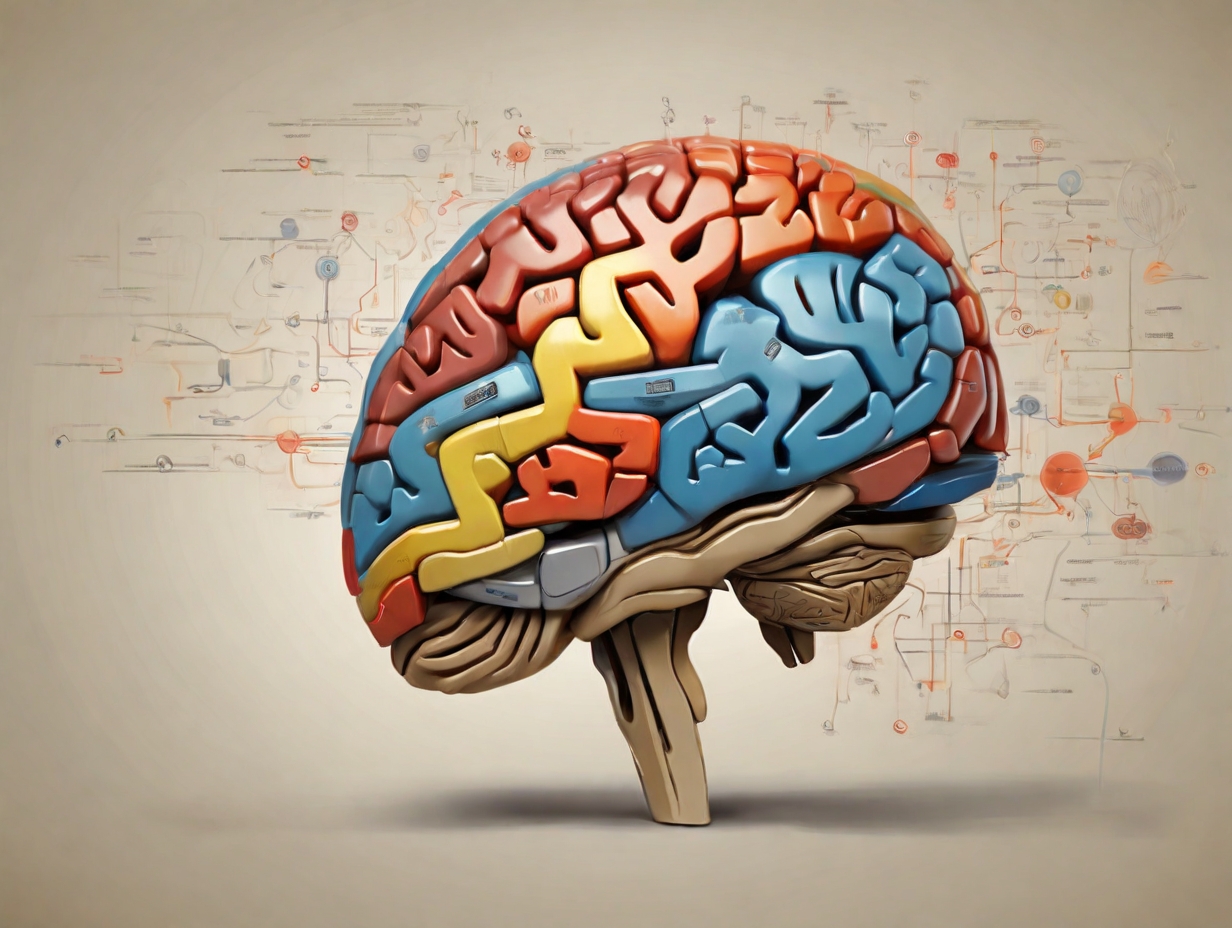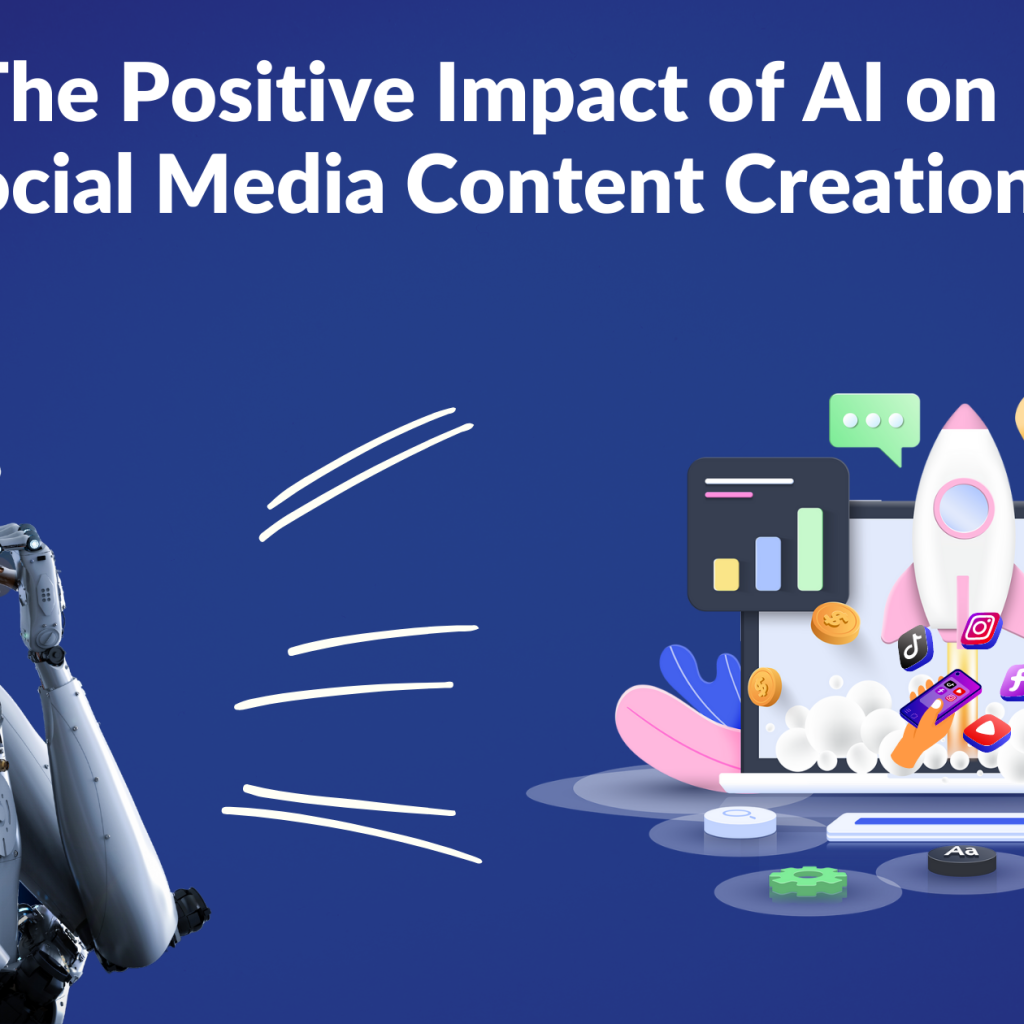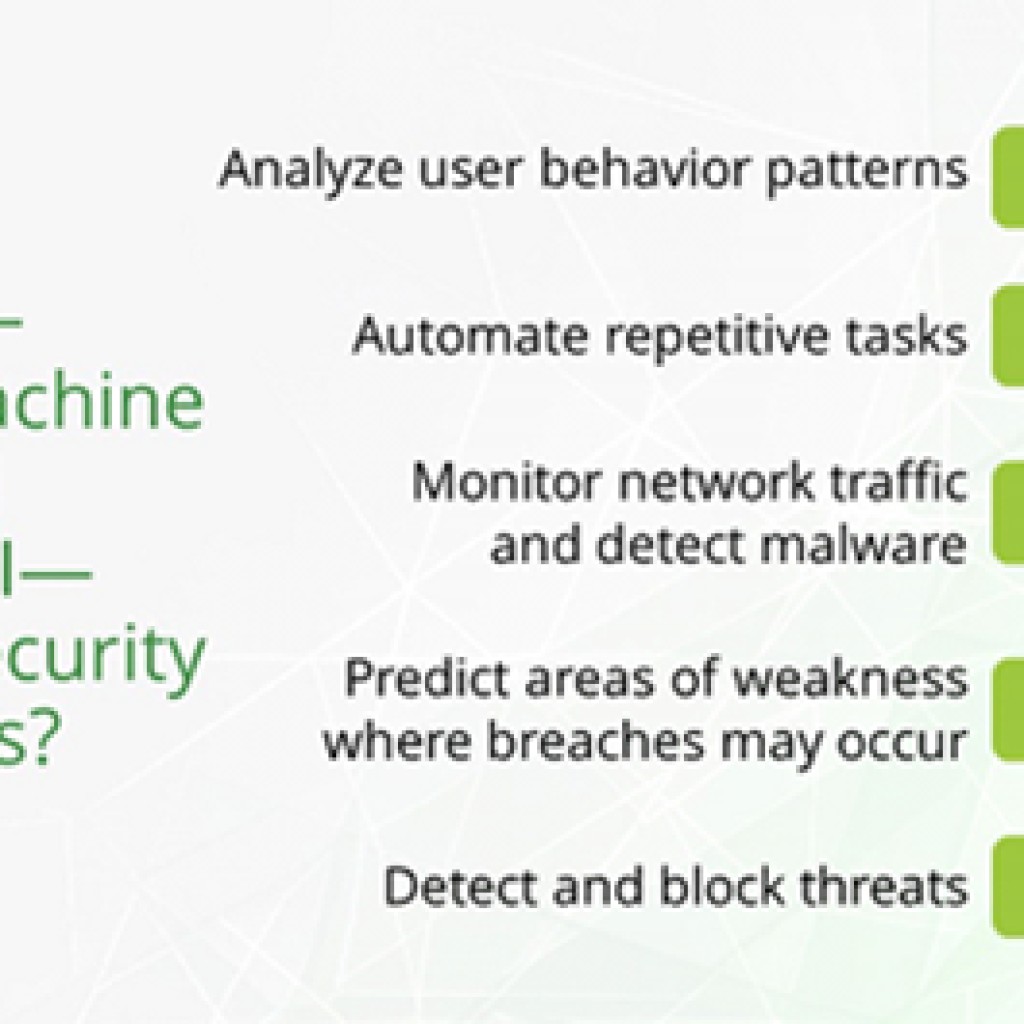For thousands of years, the human brain has stood out as a superb biological machine optimized above others, almost like an isolated, autonomous cognitive powerhouse in the natural world. It is constructed by billions of neurons, firing thinking in unison and beyond the imaginable. This creates the core of our emotions, thoughts, and experiences of reality.
The brain’s new cognitive counterpart
But even so, this biologically engineered masterpiece could be lonely since the human brain is supposed to run functionally as one endogenic entity with no external cognitive counterparts. It is a universal truth that the human brain was engineered to operationally function as a single, self-contained entity with no external cognitive counterparts to enhance its potential. It is down to that one pair of eyes that is enclosed inside the head cage, as the brain is often referred to as limited by the tiny mass of the brain that processes and stores information in only 2-3 pounds.
However, this is all about to change. With the inception of large language models (LLMs) together with other artificial intelligence systems, it became evident that the lonely brain needs an ideal partner, a virtual “cognitive co-conspirator” that can extend and improve the skills of a human brain by a larger margin.
Consider the marvel of the brain’s structure: The Circle of Willis maintains the condition of the brain’s blood supply by repackaging it like a neat and compact instrument. Enabling the brain to perform phenomenally, skulls consume 20% of the body’s energy and involve only 2% of the whole body mass.
Via our aerobic biochemistry, the brain does not accumulate the lactic acid buildup in muscle tissues that keep muscle fibers from working in a non-stop fashion. This enabled the human brain to best be designed over millions of years of evolutionary refinement for its lone existence. However, the present intellectual generation stands at the eve of a new cognitive era wherein these historical characteristics established get multiplied to infinity.
Extending human potential through AI
LLMs challenge the traditional brain-computer interfaces – something that it has never done before, replacing them with an electronic extension that can learn and operate by accessing the world’s knowledge. Time, which used to be an activity of solitary thinking may turn into a daily debate between the thinking person and artificial intelligence. This might be the best time to fire abstracts that have grown within our minds in the name of information triage. Such ideas can quickly be put into practice, prototyped, and tested by leveraging a wealth of knowledge the huge language model possesses.
Furthermore, this tutor may prove to be our personalized guide through our learning process, assisting us with decisions concerning our profession the skills we need, and possibly the areas of expertise we never have enough time to grasp. With the help of AI running self-guard and scanning our minds, we can go through the paths of deeper insights and self-actualization which would provide the AI with the ability to find and cover our weaker sides and the base of our knowledge.
To its heart, if not the brain’s most basic operating speech, these are running the engines, whereas the words, sentences, and even ideas are the ones that cause glowing sparks within our gray cells and are used in inner conversation. Through this conduit, we are achieving new levels of communion with LLMs via their natural language only, overcoming the inherent barriers.
There are two misconceptions here this is not a small technological improvement, and definitely, we are not talking only about the next step. It is the unlocking of a new chapter in our anthropological history. After countless millennia of solitary isolation inside our skulls, the crowning of a novel cognitive dimension is at hand. The Model Brains have taken over the position of the main players in the Cognitive Era and now have a partner in ghostwriting. Also, these are just some of the benefits and there are plenty of others to come after.





